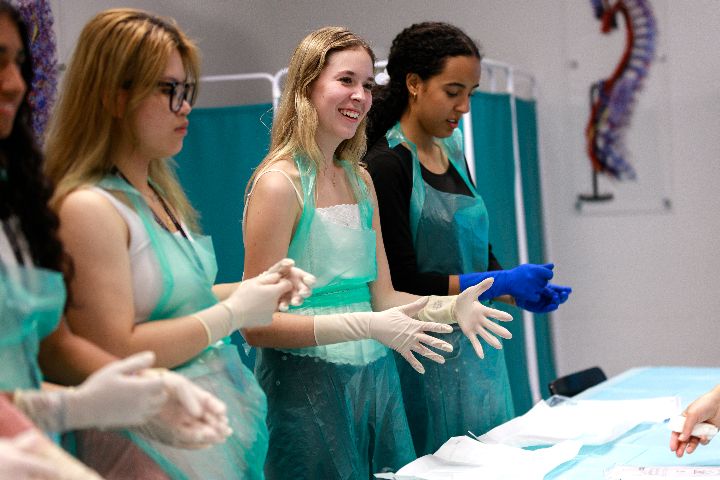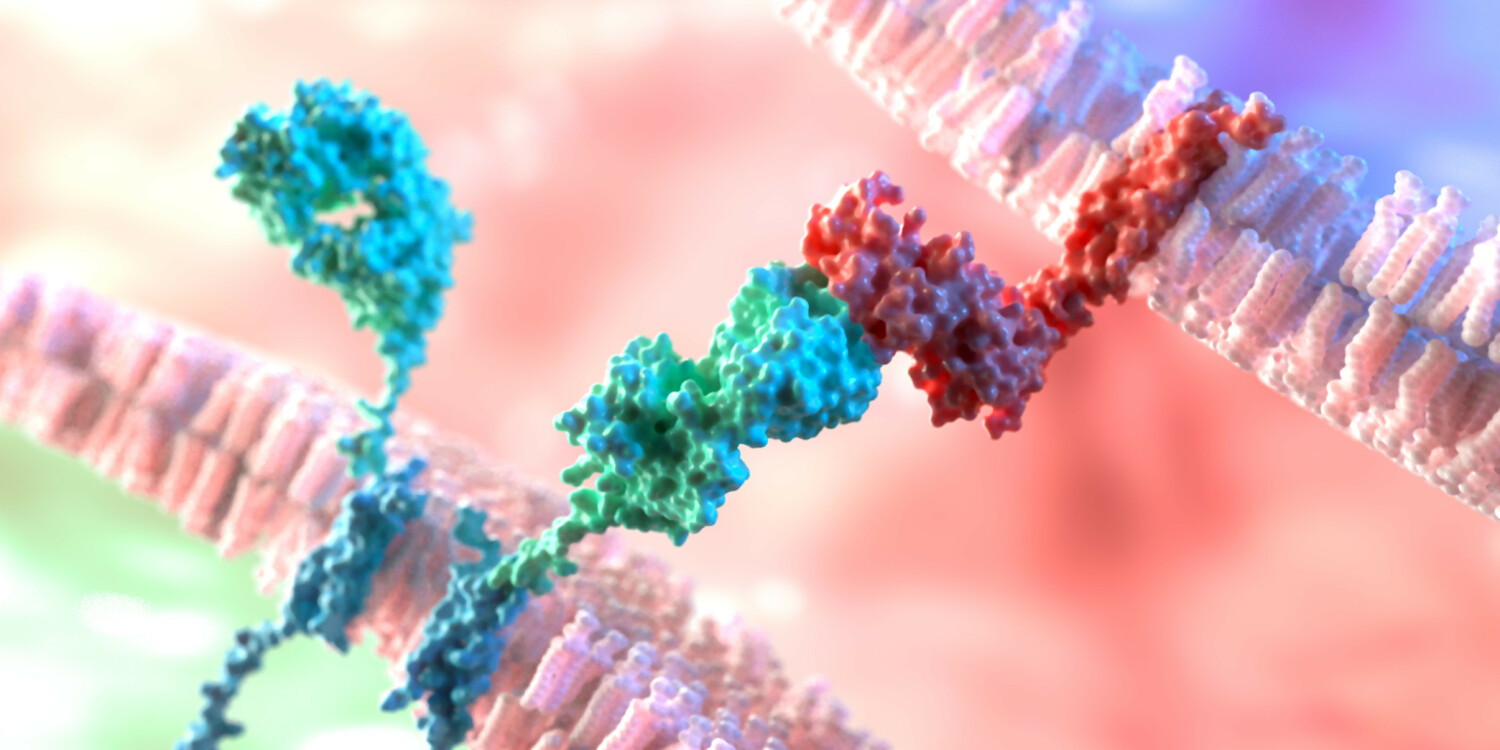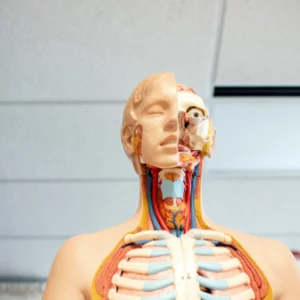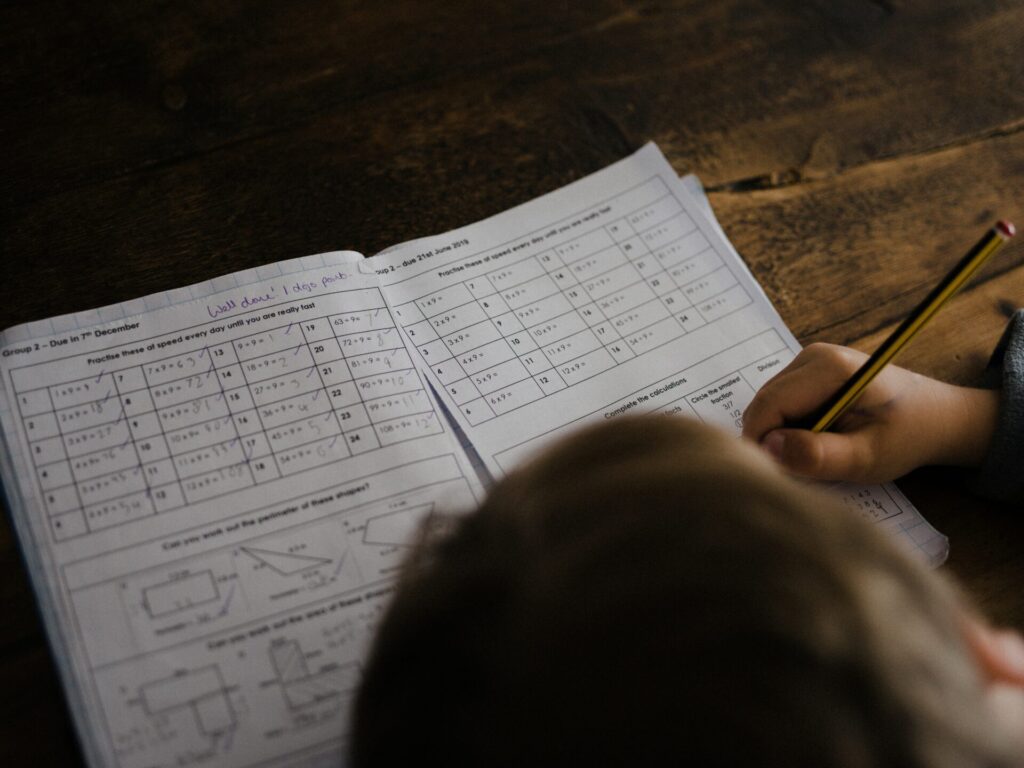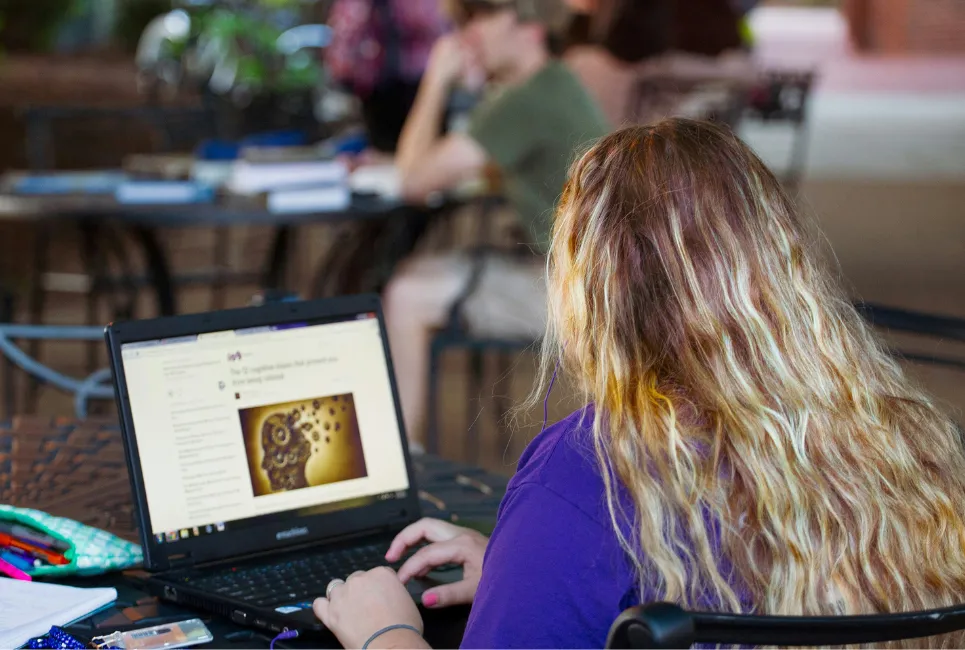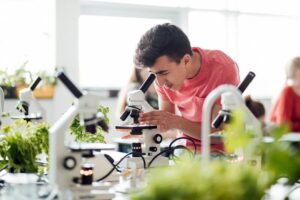What Is An Antigen A Level Biology? Revising for A-Level Biology can be overwhelming. Combined with other subjects, you may be unsure how to keep your head above water.
That’s why we ensure our Biology summer school students have access to our Academic Skills Workshop. To help them build their study skills in preparation for university-level learning.
We’ve also prepared this article to make it easier for you to understand what an Antigen is in A-Level Biology. Read to learn more!
Immune System
To understand what an antigen is, we must know where we are in the human body. Right now, we’re looking at the immune system. If you already have background knowledge of what an antigen is, you can skip right to the “What is an Antigen?” section using the Table of Contents on your left.
But we highly recommend reading the whole article for a more well-rounded discussion. Be patient with yourself, and have fun learning!
What’s the Goal of the Immune System?
What’s the goal of the immune system? To protect your body against harm (e.g. disease, infection.) If you think about it, what agents can cause your body harm?
- Foreign substances – not-self cells, or more accurately, non-self cells (e.g. bacteria, viruses)
- Contaminated self-cells (e.g. cancer cells)
Non-Self Cells vs Self-Cells
Let’s take a minute to clarify the difference between non-self cells and self-cells.
Non-Self Cells
Non-Self cells don’t belong to your body because they come from outside. If so, there’s a huge possibility that they may cause you harm. But of course, not all do.
What are examples of harmful non-self cells?
- Pathogens – such as
- Bacteria
- Viruses
- Protozoans
- and Fungi that can cause diseases
- Toxins – poisonous substances specific pathogens release into your bloodstream
Self-Cells
Self-cells are your own cells, such as red blood cells, white blood cells, and platelets. Since they’re homegrown, do self-cells cause harm? Nope, unless they’re contaminated/unhealthy such as cancer cells.
Since cancer cells are unhealthy cells, they must be destroyed. Otherwise, your body will be in mortal danger.
How Does Your Immune System Distinguish Harmful Cells from Healthy Cells?
Your immune system obviously can’t go destroying every cell in your body. It must learn how to distinguish the harmful non-self and self-cells from healthy self-cells. For what? To keep your body safe and functional.
How does it do so? The first step is by identification.
Each cell type comes with its own ID. We call this the cell marker. Markers are:
- Usually proteins
- Proteins have 3D Tertiary structures
- Hence, allowing each cell marker to have a unique shape.
- Which paves the way for cell-to-cell recognition
Do our cells have markers? Yes! What about other cells, such as viruses and bacteria? Yes, they have markers as well.
Question: what immune cell in the body identifies
- whether a cell is a non-self cell or self-cell?
- And whether it’s harmful or safe?
Lymphocytes.
Join the Immerse Education 2025 Essay Competition
Follow the instructions to write and submit your best essay for a chance to be awarded a 100% scholarship.

What Are Lymphocytes?
Lymphocytes are
- A type of white blood cell
- That can identify cell markers
- To distinguish non-self cells vs self-cells
- And whether it’s harmful (because some non-self cells are not harmful, and most self-cells are healthy.)
What Happens When a Lymphocyte Detects a Harmful Cell?
When a lymphocyte detects a harmful cell, it triggers an immune response to destroy said harmful cell.
What is an Antigen?
Remember the cell marker that lymphocytes examine to determine whether a cell is harmful or not? That’s called an antigen. Antigens usually stimulate the lymphocytes to trigger an immune response.
In summary, Antigens
- Are cell markers that often triggers an immune response once lymphocytes detect them floating around in the body
- An antigen is often made of protein
- But sometimes, they can also be made of sugars (polysaccharides)
- Hence, antigens are macromolecules (because proteins and sugars are macromolecules)
- And are located on the cell surface, such as
- Cell-surface membranes
- Surfaces of viruses
- Cell walls of bacteria
What’s an Antibody?
What immune response does the body make in response to antigens? The production of antibodies.
What’s an antibody? Antibodies
- destroy antigens or render them harmless.
- Antibodies are proteins (consisting of polypeptide chains)
- Y-shaped
- Produced by lymphocytes
IMPORTANT NOTE: Although self-cells that have become contaminated or unhealthy can become antigens, antibodies often only respond to foreign antigens. Hence why it can be challenging to kill cancer cells.
What are the Types of Antigens?
If you’re revising A-Level Biology, you’ll want to understand what antigens are and hopefully you do by now. Excellent! It’s time to proceed to the types of antigens:
- Exogenous Antigens
- Endogenous Antigens
- Tumour Antigens
- Autoantigens
Let’s begin with Endogenous Antigens.
Exogenous Antigens
Pathogens belong in this category. Exogenous antigens come from outside your body, such as viruses and bacteria.
Endogenous Antigens
What do you call antigens found in your body? Endogenous antigens. “Endo” means “within” or “internal” (think endoderm.) When your normal cells become infected with a virus or bacteria, they become harmful.
And thus, they become an antigen. Triggering an immune response when a lymphocyte detects them.
Tumour Antigens
What about cells inside your body that become tumours? We call them tumour antigens, a.k.a.
- Tumour-Specific antigens (TSA)
- Tumour-associated antigens (TAA)
- Oncogenic antigens
- Neoantigens
Autoantigens
Autoantigens are responsible for autoimmune diseases because they’re found in the healthy cells inside your body. Causing your immune system to attack healthy cells.
Antigen in Action: Immune Response
You now understand what antigens and antibodies are. Do you ever wonder how a lymphocyte learns to recognize an antigen when it sees one?
Two General Types of Immunity
There are two general types of immunity: Natural Immunity and Artificial Immunity
Natural Immunity
The body naturally learns to fight a pathogen when it becomes infected with it. As it manufactures antibodies to destroy it, memory cells move along with the process. Ensuring that the immune system remembers this particular pathogen.
It always takes the immune system time to destroy an unfamiliar pathogen. But the next time it encounters the same type of pathogen, the system knows immediately how to respond! Causing a faster and deadlier immune response.
Artificial Immunity (i.e. vaccines)
Through vaccines, the immune system encounters the pathogen in a weakened state. So it learns how to fight the pathogen without having to suffer serious infection.
In this way, when the same type of pathogen enters the body, the immune system knows exactly what to do to destroy it.
There you go! Lymphocytes learn to recognise antigens by encountering them, either through natural or artificial immunity.
But there’s a problem: Antigen Variability.
What’s Antigen Variability?
Antigen variability is the phenomenon wherein antigens change. Why? Mostly because of DNA mutations. Due to this change in shape, the lymphocytes no longer recognise them when mutated antigens enter the body. A great example of this is the flu.
Did you take your flu vaccine this year? Blame Antigen Variability for the yearly flu vaccine! The Flu virus alters so often that we need to adapt fast via vaccines.
To recap, an antigen is a cell marker that triggers an immune response (i.e. production of antibodies.) Want to learn more? Read “What Are Pathogens and Can We Control Their Evolution?”

